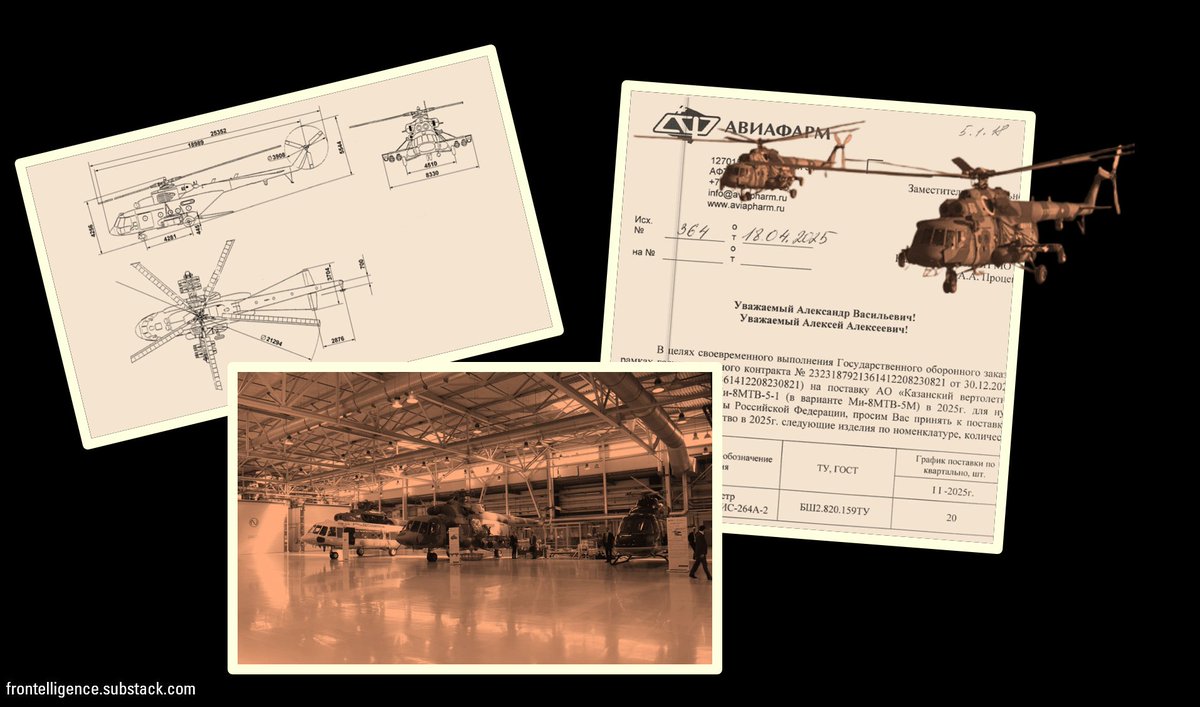🧵Thread
In light of the ongoing discussions surrounding the counter-offensive, we need to revisit the topic of mines due to its utmost importance. As I have previously emphasized, the extensive deployment of mines by Russian forces remains a significant threat to our troops.
In light of the ongoing discussions surrounding the counter-offensive, we need to revisit the topic of mines due to its utmost importance. As I have previously emphasized, the extensive deployment of mines by Russian forces remains a significant threat to our troops.

2/ The mine problem encountered in this counter-offensive would pose a formidable challenge even for NATO or Western militaries if given the same resources. With thousands of heavily mined square kilometers, it is a complex and protracted issue that cannot be easily resolved. 

3/ Providing us with more anti-mine means would improve the situation, but it doesn't solve all the challenges. Russians use various methods to lay mines, including manual, mechanized, and remote approaches, adding complexity as different types of mines require various clearance 

4/ While the possibility of bombarding the mined areas to create safe passages theoretically exists, it would necessitate an extensive quantity of ammunition and resources that Ukraine currently lacks and realistically cannot acquire to clear dozens of kilometers that way
5/ What about mine plows? While this option may appear viable, it is vulnerable to ATGM fire or loitering munitions, effectively blocking the passage and exposing personnel to potential artillery engagements as they struggle to retreat or dislodge the stuck vehicle. 

6/ Does the use of mine-clearing line charges prove effective? Yes, it does. However, there are two crucial caveats to consider: a single M58 or UR-77 charge clears only a relatively small area, whereas our objective is to address areas kilometers in depth, not merely meters. 

7/ In previous wars, it was easier to approach the enemy at close proximity without being easily detected. However, the element of surprise has diminished significantly due to the constant presence of drones, which easily detect any approaching mine-clearing vehicles.
8/ While the ultimate goal is to suppress the enemy before the mine-clearing vehicles arrive, it remains a difficult challenge to contend with covert and mobile ATGM teams, helicopters, and loitering munitions that cannot be easily neutralized. 

9/ This necessitates an extraordinary level of coordination among anti-air defense, electronic warfare (EW) units, sappers, engineers, artillery, and reconnaissance elements on a scale not encountered by many modern armies in recent large-scale operations.
10/ The chaining effect of mines is often overlooked but significantly hampers maneuverability in battle. Even after minefields are supposedly cleared, residual mines create lingering doubts, discouraging swift movements and maneuvers by military units 

11/ In conclusion, it is crucial to acknowledge the gravity of this issue and allocate the requisite resources to bolster Ukraine's anti-mine capabilities. To overcome it, we must prioritize the development of innovative solutions and foster exceptional unit cooperation.
• • •
Missing some Tweet in this thread? You can try to
force a refresh
















